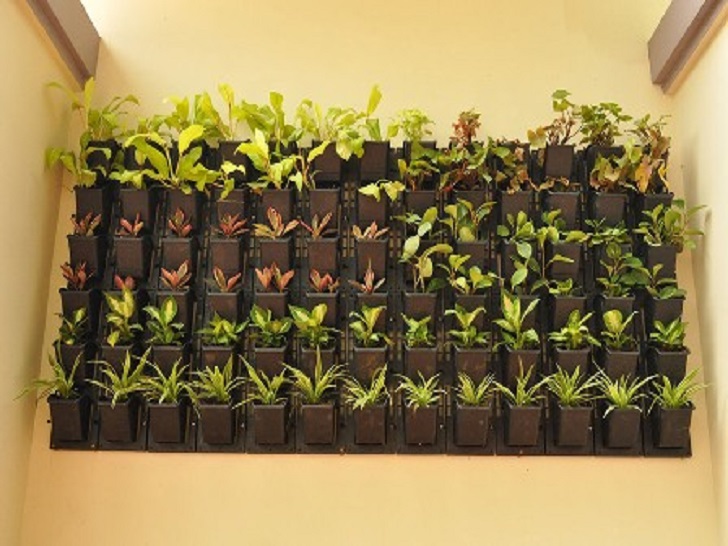Neem Khali: The All-Natural Gardener’s Superfood
- Posted August 7, 2023
- by greenwhisper_admin
Neem khali, also known as neem cake or neem seed meal, is a byproduct of the neem seed after oil extraction. It is a valuable organic fertilizer and soil conditioner with numerous benefits for plants and the environment.
Neem khali, a natural wonder derived from the seeds of the neem tree (Azadirachta indica), is revolutionizing the world of organic gardening and sustainable agriculture. With its rich nutrient content and eco-friendly properties, neem khali has become a favorite choice among gardeners, farmers, and environmentalists alike. In this article, we will explore the various uses and benefits of neem khali and how it can transform your garden into a green paradise.

An Organic Fertilizer Packed with Nutrients:
Neem khali is a potent organic fertilizer containing essential nutrients like nitrogen, phosphorus, potassium, and trace elements. It slowly releases these nutrients into the soil, providing a steady supply of nourishment to plants. Its balanced nutrient profile promotes healthy plant growth, improved flowering, and higher yields, making it a valuable addition to any garden or farm.
Natural Pest Control:
One of the most remarkable properties of neem khali is its natural pest-repelling abilities. Neem contains potent compounds that act as insecticides, fungicides, and nematicides. When neem khali is applied to the soil, it creates a hostile environment for harmful pests, insects, and pathogens, effectively reducing the need for chemical pesticides. This eco-friendly approach safeguards your plants while preserving beneficial insects and pollinators.

Soil Conditioning and Moisture Retention:
Neem khali’s organic matter enhances soil structure, allowing better aeration and water retention. It loosens compacted soils, making it easier for plant roots to penetrate and access nutrients and moisture. Improved soil structure also reduces erosion, promoting long-term soil health and fertility.
Disease Suppression:
Apart from repelling pests, neem khali also exhibits antifungal properties, making it effective in preventing and controlling soil-borne diseases. By reducing fungal infestations, the growth of healthy plants is encouraged, and the overall yield is protected.

Environmentally Friendly:
Neem khali is a sustainable and environmentally friendly option for fertilizing and protecting plants. As a natural byproduct, it minimizes waste and reduces the environmental impact associated with chemical fertilizers and pesticides. By adopting neem khali in your gardening practices, you contribute to a greener and healthier planet.






























